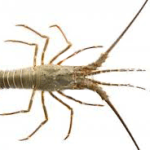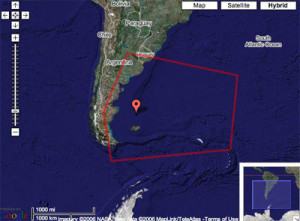South of the tropic of Capricorn, it becomes progressively weaker. The Río de La Plata forms an important biogeographical barrier between the cold Falkland Current and the warm Brazilian Current systems.
Tides in Argentina become pronounced, particularly along the coast of Patagonia where tidal range can be as much as 7 metres. The coast of Argentina is an important breeding area for marine seabirds and mammals.
In particular Peninsula Valdes, a well-known international tourist destination, hosts the only continental breeding colony of Southern Elephant Seals. The gulf waters of Peninsula Valdes also provide breeding and calving grounds for Southern Right Whales.
Punta Tombo represents the biggest breeding colony of Magellan Penguins, containing an estimated 1,000,000 individuals. Early this century, fur seals and sea lions were heavily exploited for fur and oil. This resulted in a dramatic decline of local seal populations, particularly in the case of fur seals.
This eco-region also supports a very important fishing industry, especially for hake (Merluccius hubbsi), common squid (Loligo), shortfin squid (Illex argentinus) and shrimp.
Fisheries in the South West Atlantic have dramatically increased in the last decade. With this increase in fishing activities, overfishing and bycatch present significant threats and effective regulation is needed. Oil exploration and shipping activities in the Patagonian region have resulted in oils spillages in the past. Penguins, in particular, have suffered the effects of oil contamination during their migratory movements along the Patagonian coast.
Concerns about coastal pollution arising from industrial and other waste discharges have given rise to a view that the region lacks an effective coastal development and management planning process.
Download the pre-dive briefing pack for this eco-region here.






Social Profiles